Famous for its apples, its mountains and the variety of its landscapes, the Vinschgau Valley is one of the most popular tourist destinations inSouth Tyrol, all year round: in winter its ski resorts are crowded, while in summer it is possible to indulge in long walks through forests, meadows and paths, perhaps trying to see some animals or characteristic plants. Indeed, this is an area particularly favored by its good climate: the Vinschgau Valley has little rain, making it a particularly pleasant destination at all times of the year. Vinschgau constitutes the westernmost part of the province of Bolzano and stretches from the Reschen Pass, where the source of the Adige River is located, to the outskirts of Merano. Surrounding the main town, Silandro, are the other twelve municipalities in the district (Castelbello-Ciardes, Curon Venosta, Glorenza, Laces, Lasa, Malles Venosta, Martello, Prato allo Stelvio, Silandro, Sluderno, Senales, Stelvio, and Tubre), each offering special destinations. Castles, ancient towns, the trails at the foot of Mount Ortles, museums that tell the centuries-long history of this land that for centuries was divided between Switzerland and Tyrol until it became completely Italian after World War I (even today, more than 90 percent of the inhabitants of Val Venosta are native German speakers, with peaks exceeding 98 percent in some municipalities up to 100 percent in the municipality of Martello). There is so much to see in Venosta Valley, and here we try to list the ten must-see destinations for your trip.
Glorenza (Glurns in German) is one of the smallest municipalities in South Tyrol (just 913 inhabitants) but it is one of the most unique: it is, in fact, the best-preserved medieval town in the area, surrounded by a 16th-century circle of walls built at the behest of Emperor Maximilian I, which has come down to us intact, with its squat gateways topped by gaudy sloping roofs, typical of the area. The town, situated along the banks of the Adige River, is built around the Market Square, and its ancient commercial vocation is evidenced by the arcades that run through its center (Glorenza’s arcaded streets are the only ones in the Vinschgau Valley) and flow through its late medieval buildings. In the center, visit the church of San Pancrazio, easily recognized by its tall onion-shaped bell tower. The church also has 15th-century frescoes, including one depicting the Last Judgment, from 1496, which decorates the base of the bell tower. Glorenza is part of the “Most Beautiful Villages of Italy” circuit.
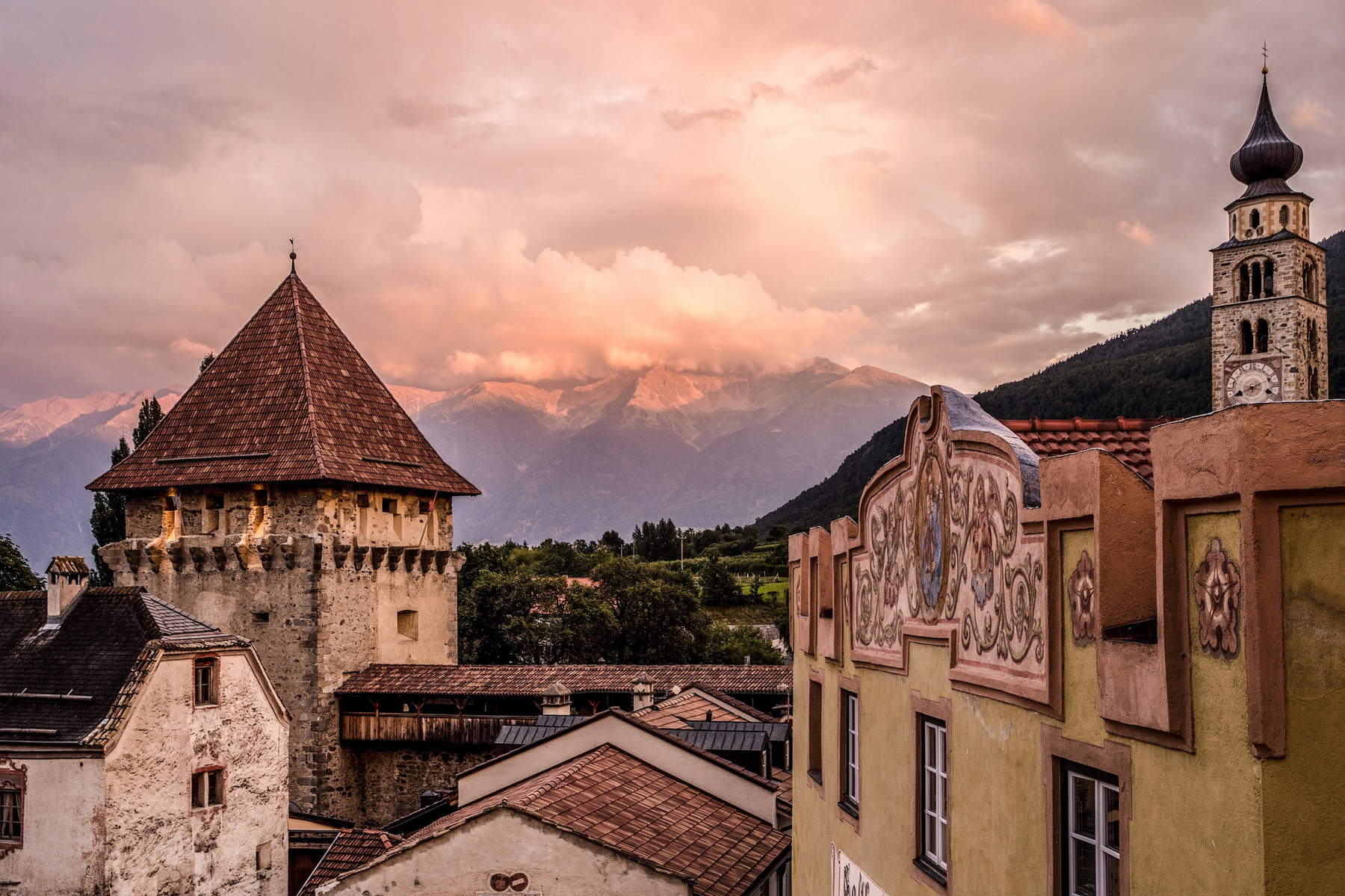
TheMonte Maria Abbey (Marienberg in German) is located in Malles Venosta and has a very old, nine-hundred-year history: it was in fact founded in the 12th century by the nobles of Tarasp where an even older chapel dedicated to the Virgin Mary stood. Its present appearance, however, is seventeenth-century: in fact, the entire complex was extensively renovated beginning in 1643 under Abbot Jakob Grafinger, and in the course of this work the Romanesque-style abbey church was transformed into a sumptuous Baroque temple, so much so that it is the only three-aisled, columned basilica in the entire Vinschgau Valley. Of the older structure, however, the Romanesque portal, dating from the 12th century, has remained, and the crypt with its medieval frescoes, which show clear Byzantine influences, has also been preserved. The complex also includes a cloister, a garden, a library, and a chapel dedicated to St. Aegidius, which was built on the site of the original chapel of the Virgin. The abbey also houses a museum, opened in 2008, that tells the history of the site through works of art, liturgical vestments, and archaeological finds.
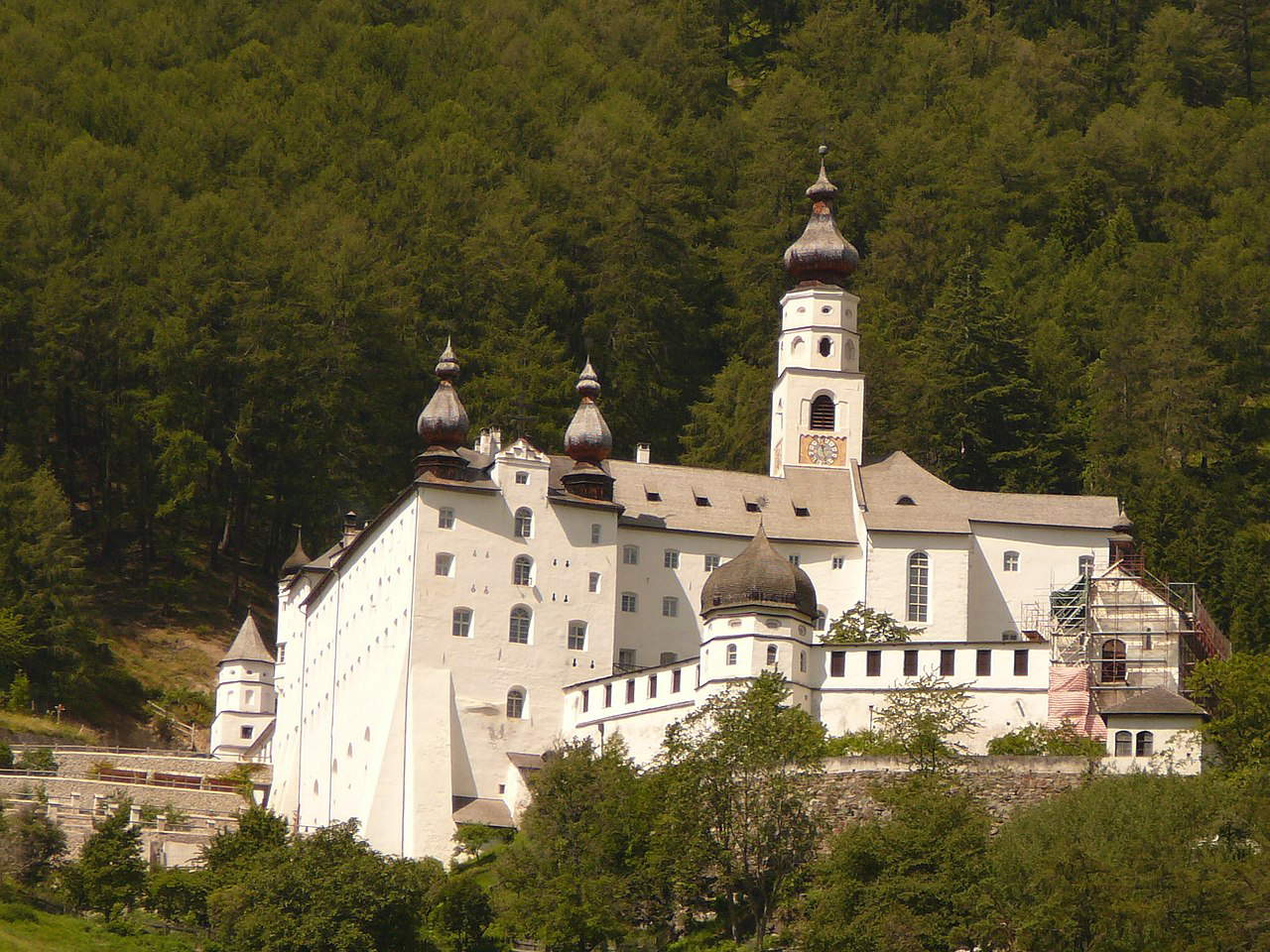
It is located in the municipality of Castelbello-Ciardes and has medieval origins: in fact, the earliest documents about it date back to 1238, although its history is probably earlier (it was built at the behest of the Lords of Montalban and then became the possession of the Counts of Tyrol, who later ceded it to the Counts of Hendl, who retained possession until 1956, when it was finally purchased by the Italian state: today, however, it belongs to the Autonomous Province of Bolzano, which received it from the state). Castelbello Castle (Schloss Kastelbell) rises above a high rocky outcrop and dominates the Vinschgau Valley: its massive and imposing profile is clearly recognizable from the highway that runs through the valley. Indeed, it stands as a mighty medieval fortress, which has not, however, come down to us intact due to the incidents and neglect that have affected it over the centuries (so much so that it was restored several times between the 1960s and 1990s). Today Castelbello Castle is open to the public: guided tours can be taken there explaining the history of the structure, but it is also an exhibition venue and a place where concerts are held.
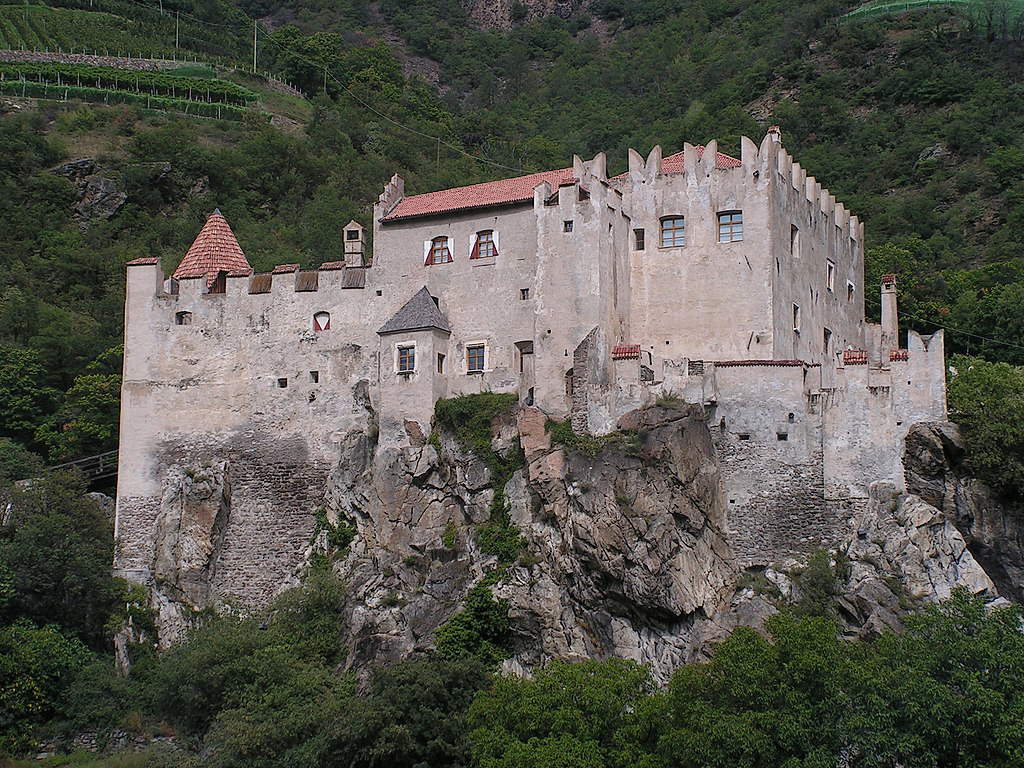
Coldrano Castle (Schloss Goldrain) is located in the municipal area of Laces, and was founded as a fortress of the Counts Hendl, situated on the slopes of Mount Mezzodì, and was later transformed in the late 17th and early 18th centuries into an elegant aristocratic residence, while retaining its austere appearance on the outside. Surrounding its spacious inner courtyard is a three-wing structure, enclosed by a wall along which are cylindrical bastions. Little is left of what was once inside the castle (artwork, furnishings), but a valuable 16th-century majolica stove, typical of these lands, can still be seen inside Coldrano Castle. Today the castle is home to a training and professional development center, but it is also a conference venue and its rooms can be rented for events.
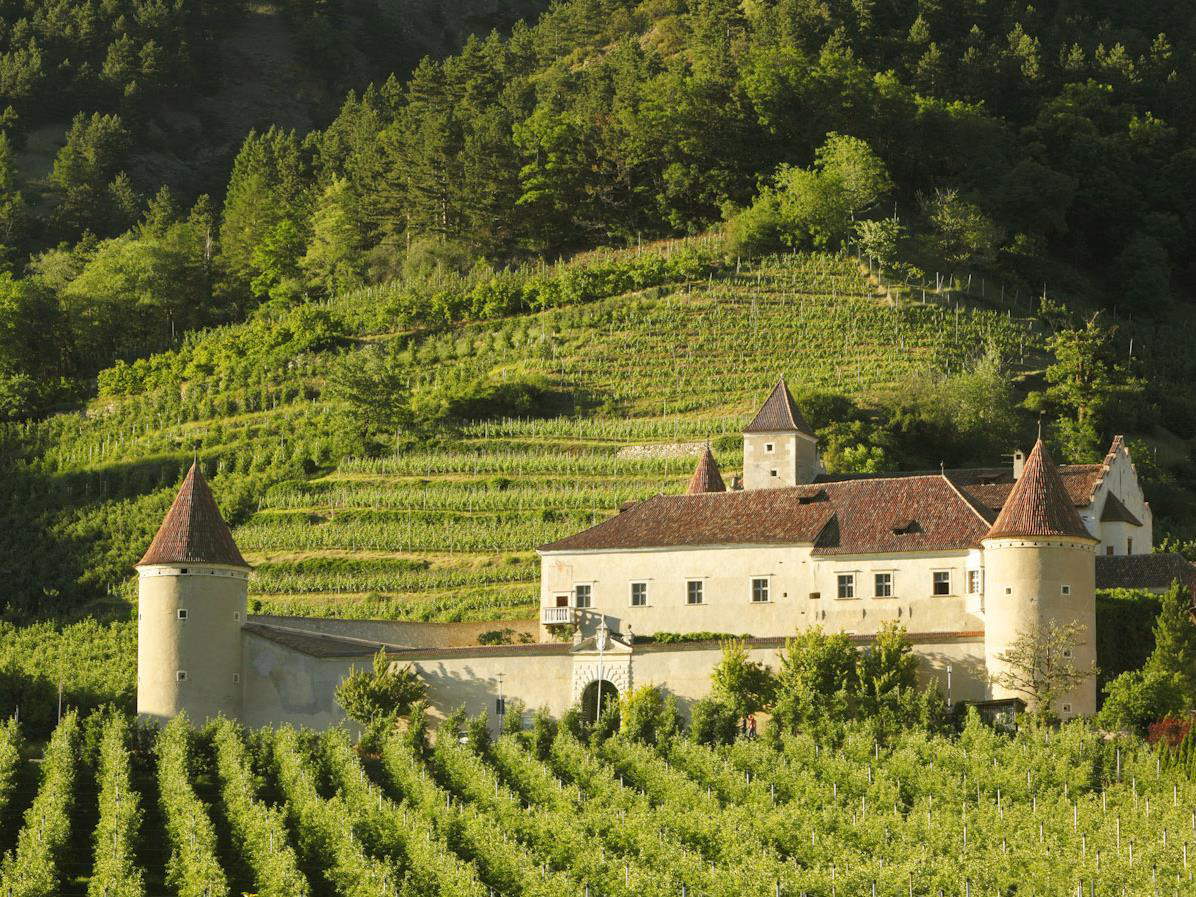
Located in the town of Sluderno, the Vinschgau Valley Museum, also known as “VUSEUM” (Vintschger Museum, its name in German), tells the story of this South Tyrolean valley. It is divided into three sections or “permanent exhibits”: one is devoted to the archaeology of the area, with artifacts from the Ganglegg Hill archaeological site that gives an account of the development of prehistoric settlements in the Vinschgau Valley, recounting their life, culture, religion, and handicrafts. The permanent exhibition “Wasser Wosser,” on the other hand, is dedicated to the water development of the Vinschgau Valley, and finally, the permanent exhibition “The Children of Swabia” tells the story of the children of the Vinschgau Valley who, driven by the poverty that plagued this valley in ancient times, were forced to walk to Upper Swabia (in Germany) in the summer to find work. The Vinschgau Valley Museum also hosts temporary exhibitions, events and workshops.
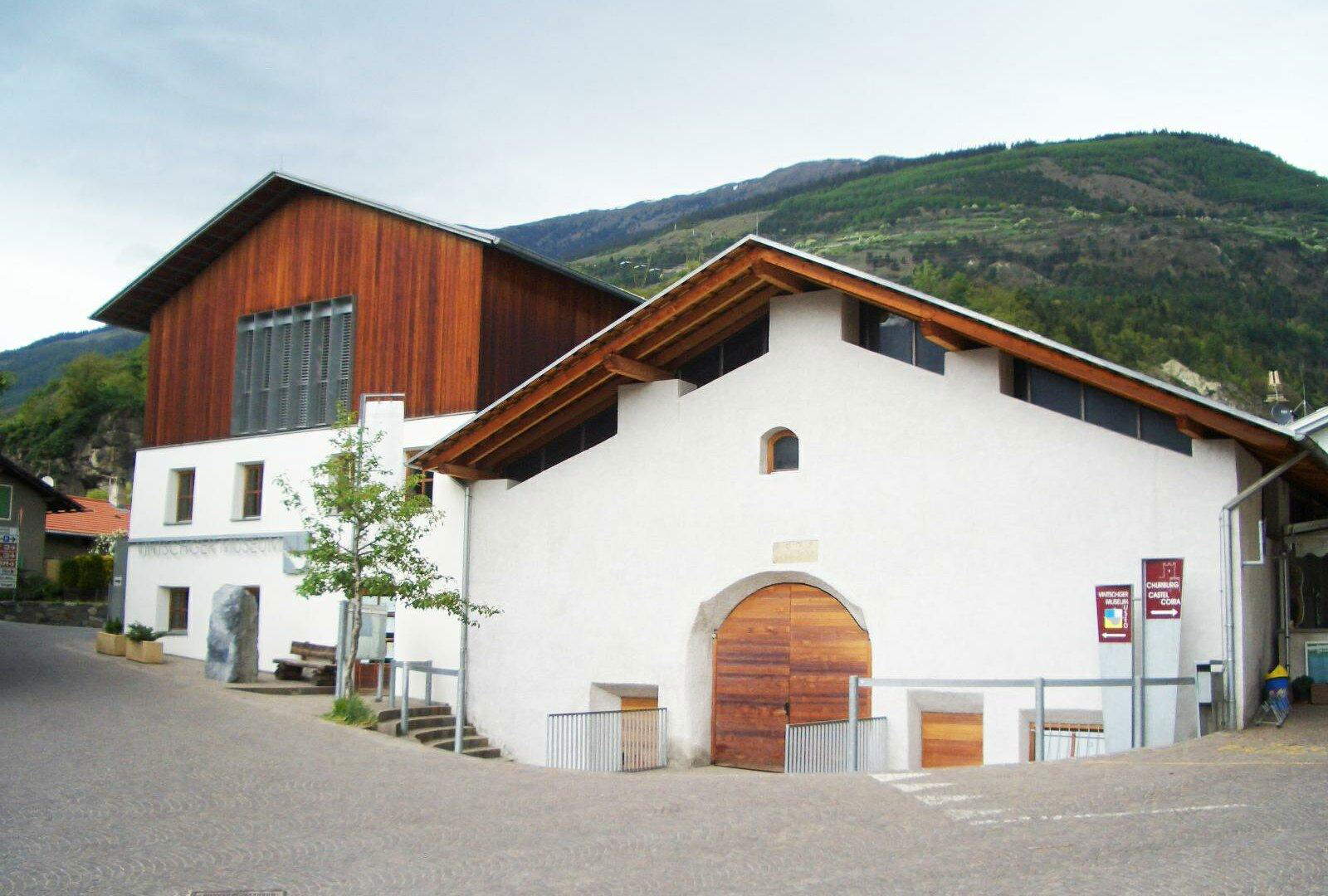
This is probably the most well-known destination in the Vinschgau Valley, especially for the scenic submerged church tower of the village of Curon, which can be admired up close by walking along the wooden pier over the lake’s waters. Lake Resia (Reschensee) is an artificial lake located at 1,498 meters above sea level and formed as a result of the construction of the great dam in 1950: the dam in fact caused the two natural lakes that were in this area, Lake Resia and Lake Curon, to merge, and also submerged the ancient village of Curon Venosta, the bell tower of which remains to testify to the effect of the development. The Romanesque bell tower is the only remaining visible part of the 1357 Romanesque church, which was rebuilt during the 19th century. A curiosity: the events that led to the creation of Lake Resia and the subsequent sinking of the village of Curon Venosta are recounted in the book Resto qui by Marco Balzano, one of the best Italian novels of the 2000s.
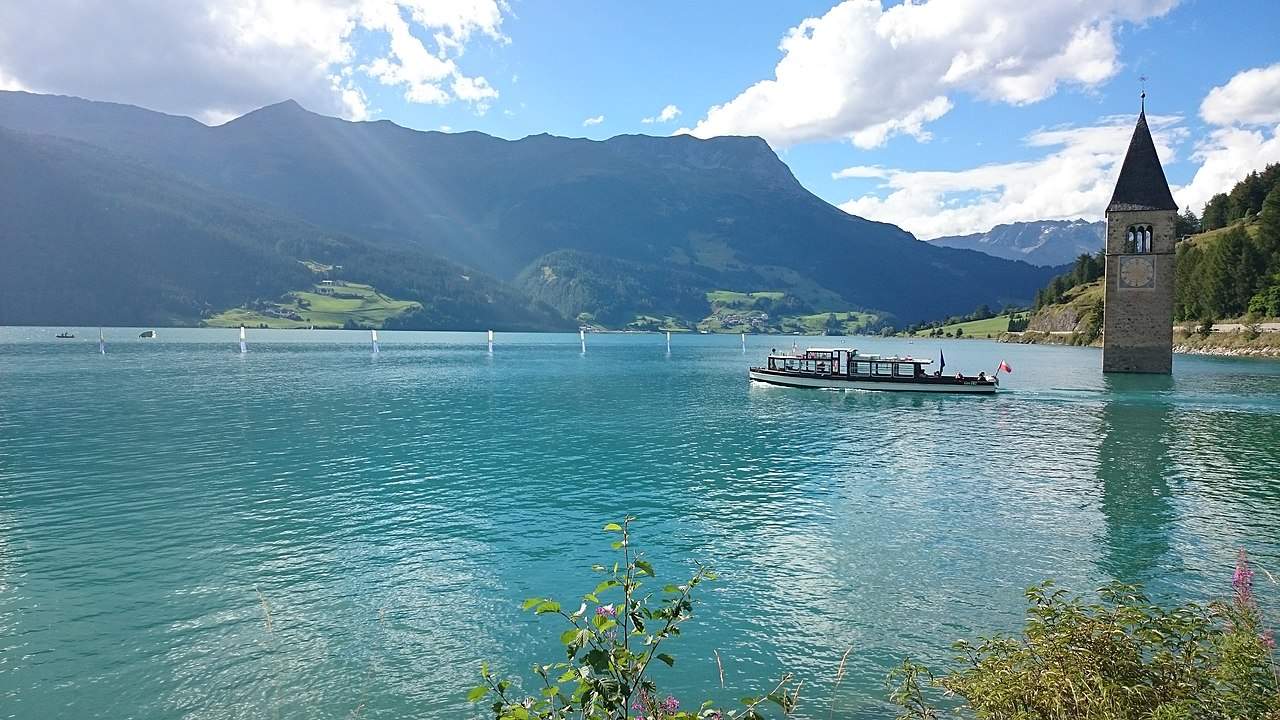
One of the most scenic castles in South Tyrol, Churburg Castle (Churburg) has medieval origins, having been founded around 1260 at the behest of the prince-bishop of Chur, Heinrich von Montfort. It is located in Sluderno, which was formerly dependent on the Swiss city of Chur: in 1297 it passed to the fiefdom of the Matschs, who, during the 16th century, remodeled the building, which today therefore presents itself in a mixture of three different styles (Romanesque, Late Gothic and Renaissance). In fact, the oldest core has the appearance of a massive medieval fortress, with walls and towers, while in the early sixteenth century the structure was laid out with a new Gothic-style residential core, located between the palace and the keep, and terraced gardens were also opened. Finally, at the beginning of the seventeenth century, the castle was transformed into a stately residence, according to the taste of the time: a new Renaissance loggia, rooms decorated with frescoes, and the Chapel of St. James. Inside worth seeing are the Hall of Armor, which houses 50 complete antique suits of armor and a good number of weapons, the Hall of Count James (i.e. James Trapp VII, a feudal lord who lived in the second half of the 16th century), with frescoes telling the story of the nobleman, and the Hall of Ancestors with portraits of the Trapp family who held possession of Chur Castle for centuries.
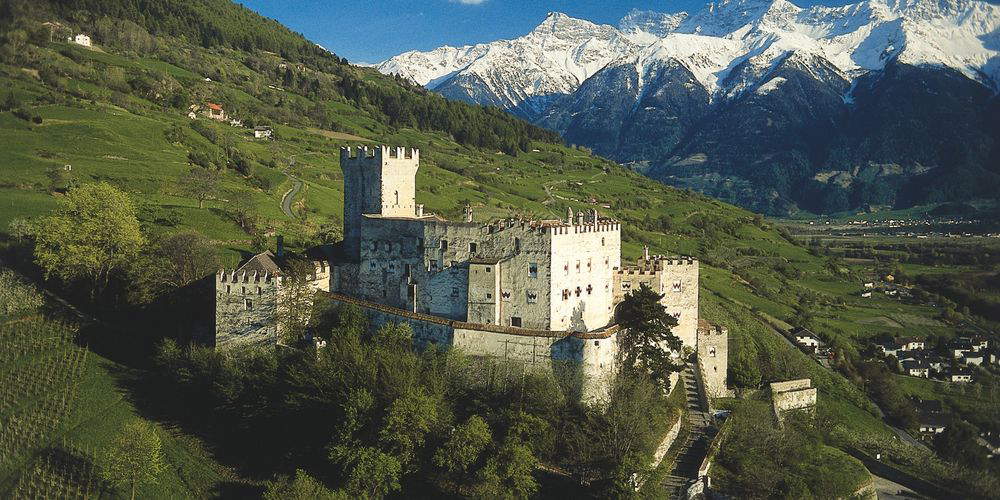
First, a distinction must be made: there is a false source of the Etsch, and a true source of the Etsch. To get to the false one requires a short hike starting from the village of Resia, on the shores of the lake of the same name: by crossing a path through the forest, indicated by signs, one arrives at the source of the Adige (Etschquelle), the river that flows through Trentino Alto-Adige. There are also excellent views of Lake Resia from here. The 2.5-kilometer walk has an elevation gain of only 54 meters and is suitable for all walkers. At the site, a series of panels detail the springs. The real spring, however, lies further upstream, at bunker number 20 built in the fascist era at Resia Pass. It is reached by climbing further from the false spring.
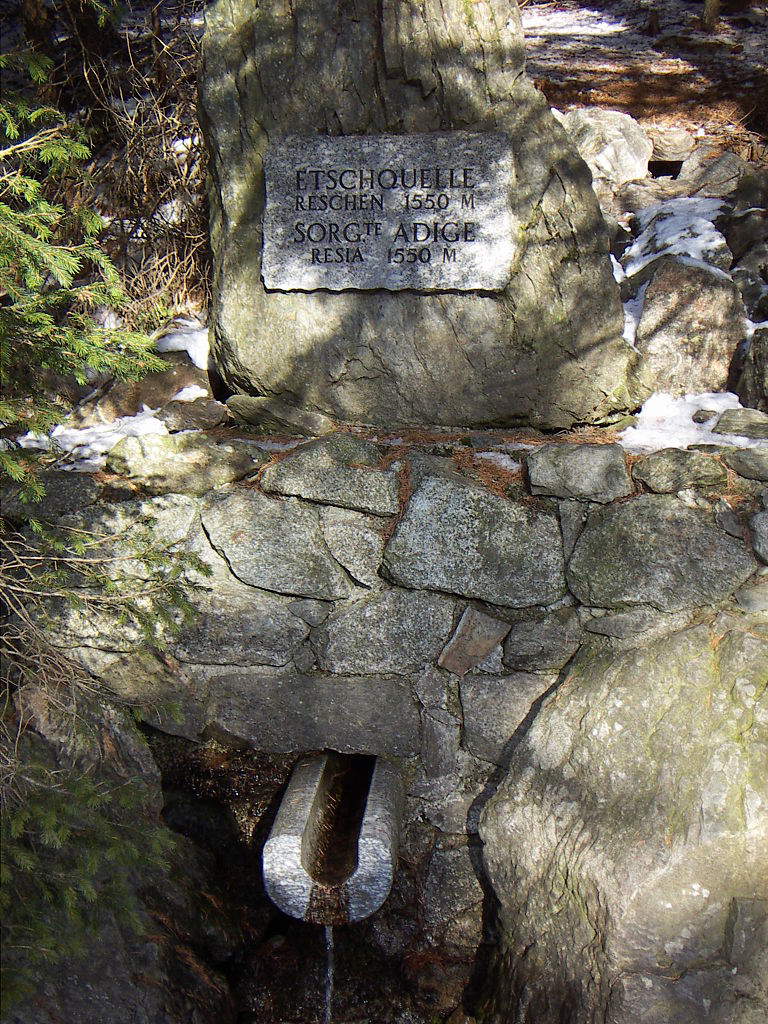
The main center of the Vinschgau Valley, Silandro (Schlanders) is a town of just over six thousand inhabitants, with very ancient origins (a Celtic settlement called Slaranusa, or “river of willows,” is attested). It was during the Middle Ages, however, that Silandro developed, becoming one of the main municipalities in the area, and one of the few where a thriving market was held. In Silandro one can admire the Gothic church (remodeled, however, in the 17th century) of the Assumption, recognizable because of its more than 90-meter-high bell tower (the tallest in all of South Tyrol), the two castles (the Schlandersburg and the Schlandersberg, the former on the edge of the center, the latter built on top of a hill overlooking the town), as well as the old town center, which retains much of its ancient layout.
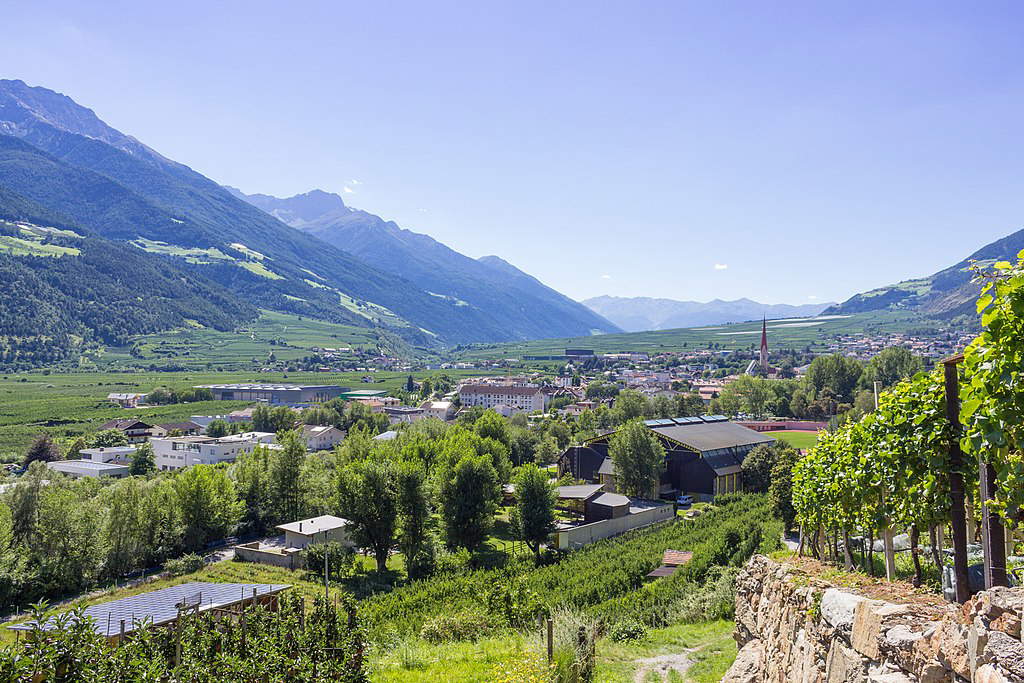
Lasa marble is one of the products of excellence in the Vinschgau Valley, and the exploitation of the marble quarries in this area is a relatively recent occurrence. It was used as early as the Romans, who used slabs of Lasa marble to pave the Via Claudia Augusta, but modern exploitation began in the 19th century: in fact, it was 1883 when the stonemason Josef Lechner was granted the contract, by the municipality of Laas (this is the German name for Lasa) to excavate the precious material. It is a white marble, very pure and very durable, characteristics that make it a particularly valuable, much sought-after material. On site, it is possible, thanks to some specialized operators, to make visits to the marble quarries of Lasa, to know in detail the history of the “white gold” of the South Tyrolean village. Finally, a curiosity: every year, on the first weekend of August, there is a singular event called “Marble and Apricots,” a village festival that celebrates the two best-known products of this area of Val Venosta. That’s right, marble and apricots.
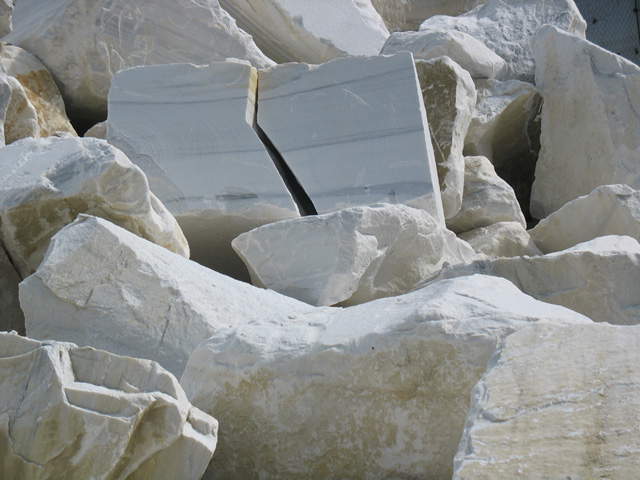
 |
| Venosta Valley, what to see: the 10 places not to be missed |
Warning: the translation into English of the original Italian article was created using automatic tools. We undertake to review all articles, but we do not guarantee the total absence of inaccuracies in the translation due to the program. You can find the original by clicking on the ITA button. If you find any mistake,please contact us.